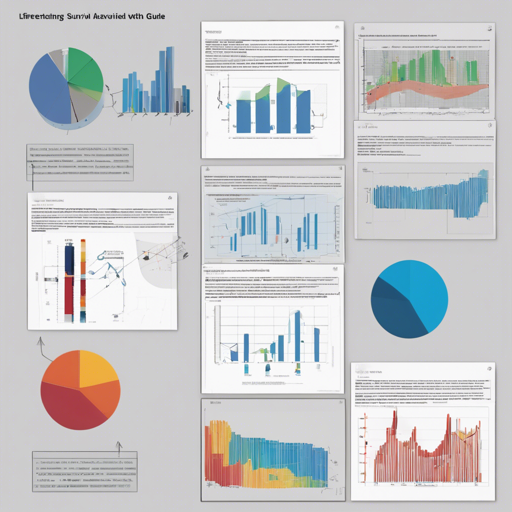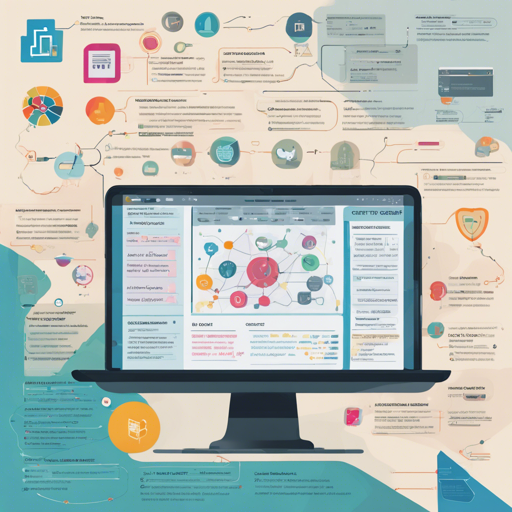If you are fascinated by the world of machine learning and eager to dive into a collection of insightful articles, you're in the right place! This blog will guide you on how to access machine learning articles that have been curated from the period between May 2019...
Understanding Survival Analysis with Lifelines: A Comprehensive Guide
Have you ever wondered why certain events occur sooner rather than later? Survival analysis offers the tools to explore these timelines of events, particularly in uncertain environments. Originally rooted in the medical and actuarial fields, survival analysis can now...
How to Use HOPE-Net for Hand-Object Pose Estimation
Hand-object pose estimation has become a vibrant area of research within computer vision, enabling real-time, robust interactions between humans and objects in various applications. The HOPE-Net model provides a powerful framework that utilizes graph-based...
How to Rethink Inductive Biases for Surface Normal Estimation
If you are keen on enhancing your surface normal estimation skills, the official implementation of the paper **Rethinking Inductive Biases for Surface Normal Estimation** presented at CVPR 2024 could be the breakthrough you've been waiting for. In this guide, we will...
How to Explore Awesome Segment Anything Extensions
The landscape of AI, particularly in segmentation, has expanded with the emergence of the Segment Anything Model (SAM). This powerful framework serves as the core for several innovative extensions and applications designed to garner incredibly precise image...
Your Quick Guide to Using the Stable Diffusion Cheat-Sheet
Welcome to the world of AI-generated art! This blog will walk you through the fascinating functionalities of the Stable Diffusion Cheat-Sheet, which serves as a nifty personal reference for artists and enthusiasts alike. Whether you want to explore various artistic...
Your Guide to Setting Up the CARLA RL Project
If you're venturing into the world of Reinforcement Learning (RL) and have chosen the CARLA simulator, you’re in for an exhilarating ride. This guide will walk you through the installation and setup processes, as well as running the CARLA server and client. Let's get...
How to Set Up Notifications for Your Training Process Using Knock Knock
In the world of deep learning, understanding when your model training is completed or if it crashes mid-process is crucial. Enter Knock Knock, a small yet powerful library that lets you automate notifications for your training sessions. In this guide, we'll walk you...
AGI-Papers
A LLM · NLP Text2All · All2All Multi-modal · Multi-task Let’s find out the latest and various LLM-related papers. New Papers MoMa: Efficient Early-Fusion Pre-training with Mixture of Modality-Aware Experts MoVA: Adapting Mixture of Vision Experts to Multimodal Context...









